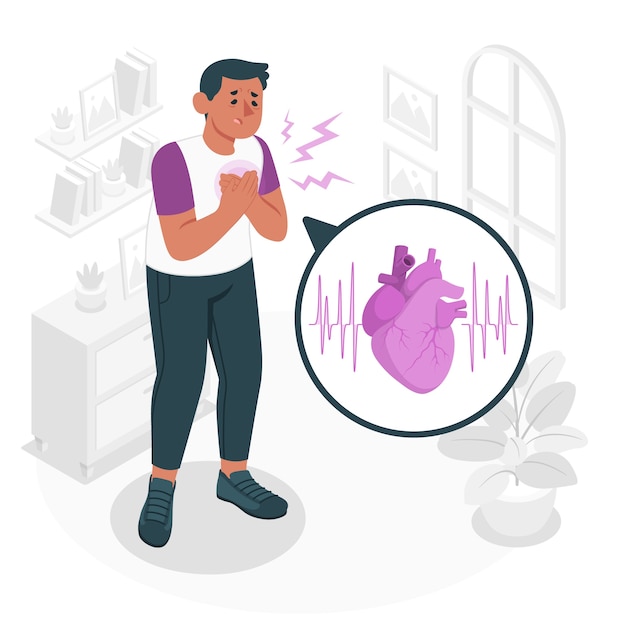
Chest pain can be tricky to figure out. Many of us have felt it at some point—maybe a weird twinge after lifting something heavy or that racing heartbeat and tight chest during a panic attack. Sometimes, it’s subtle, like feeling that something’s not quite right. In those moments, it’s easy to wonder: Is this just a normal ache, or could it be something serious, like a heart attack?
For many, chest pain linked to the heart usually falls under two categories: ischemic chest pain or angina. But others might experience symptoms that don’t fit the typical mold, which can make things more confusing and stressful.
Not all heart-related chest pain is sharp or stabbing. In fact, it often isn’t. But no matter what it feels like, chest pain always grabs attention—both for the person experiencing it and for medical professionals evaluating it.
### Typical vs. Atypical Chest Pain
Typical chest pain is what you’d imagine with something specific, like a heart attack. It’s often described as a crushing pressure in the center of the chest. Atypical chest pain, on the other hand, doesn’t follow the usual patterns. It’s a bit of a catch-all term for chest discomfort that doesn’t lead to an obvious diagnosis.
The bigger question when evaluating chest pain, though, isn’t whether it’s typical or atypical—it’s whether it’s dangerous. Doctors want to figure out if it’s something serious, what’s causing it, and how to address it.
### What Are Atypical Symptoms?
When we think of heart attacks, the classic symptoms come to mind: chest pain, shortness of breath, heart palpitations, cold sweats. But not everyone experiences this textbook version, especially women, older adults, and people with diabetes. For these groups, the warning signs might be subtle or not involve the chest at all.
Instead of the crushing chest pain that men often report, women might feel fatigue, throat discomfort, or pain in the jaw, neck, arms, back, or stomach. It can even feel like heartburn or mild indigestion. This is why it’s easy for these symptoms to be overlooked or mistaken for something less serious.
### Common Causes of Atypical Chest Pain
There are plenty of reasons someone might feel atypical chest pain, including gastrointestinal, respiratory, or musculoskeletal issues. Panic attacks and anxiety are also common culprits and can sometimes feel just like a heart attack.
Conditions like costochondritis—a swelling of the cartilage that connects your ribs to your breastbone—often cause chest pain that’s tender to the touch and worsens with deep breaths or coughing.
No matter the underlying issue, though, chest pain should always be taken seriously. That’s because, in the case of a heart attack, every second counts. The longer it takes to diagnose and treat a heart problem, the more likely the heart muscle will suffer permanent damage, and the harder it becomes to recover.
### When to Get Medical Help
If you have a history of heart disease, have had a heart attack before, or notice chest pain paired with other concerning symptoms—like dizziness or trouble breathing—you should call 911 or go to the emergency room immediately.
Even if you’re young, healthy, and haven’t dealt with heart problems before, it’s still a good idea to check in with your healthcare provider if you experience persistent or unusual chest pain. It’s always better to err on the side of caution.
At the end of the day, if you suspect you might be having a heart attack, don’t ignore it. It’s far better to find out it’s something minor than to delay care for something potentially life-threatening. Taking quick action could save your life.